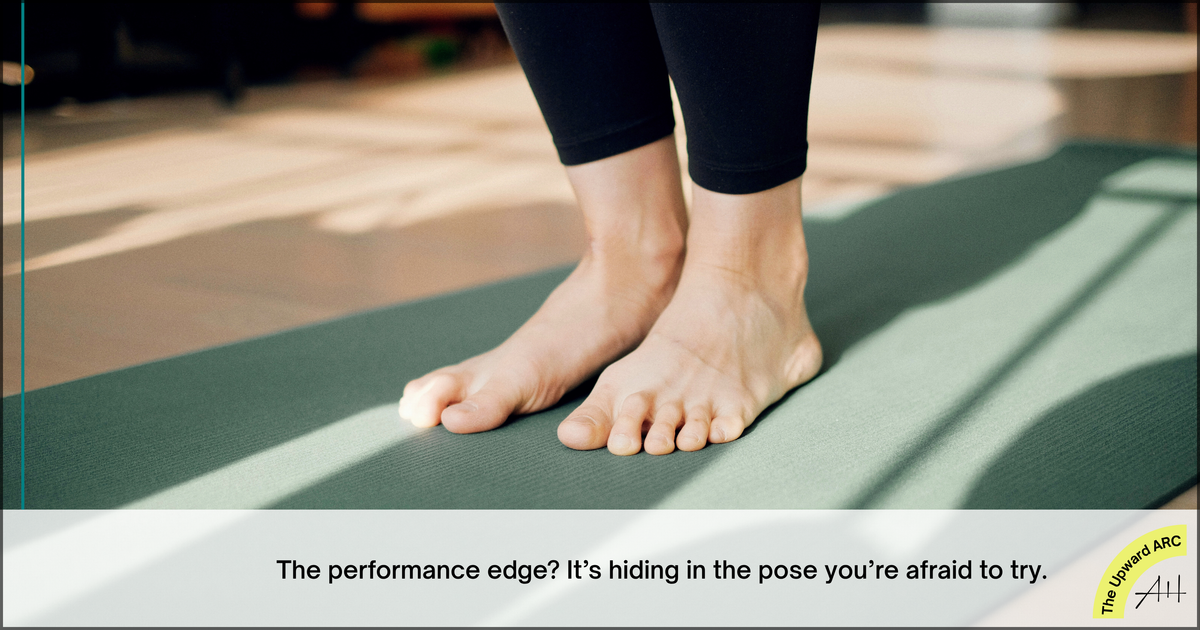The $$$ Biohack You're Ignoring (It's 5,000 Years Old)
I once mocked yoga. Until it wrecked me. What looked like “gentle stretching” turned out to be elite nervous system training. Yoga optimizes stress resilience, recovery, cognitive performance, and capacity. It’s not spiritual fluff. It’s the hidden edge most professionals ignore.

This post is for members only
Already have an account? Sign in.
